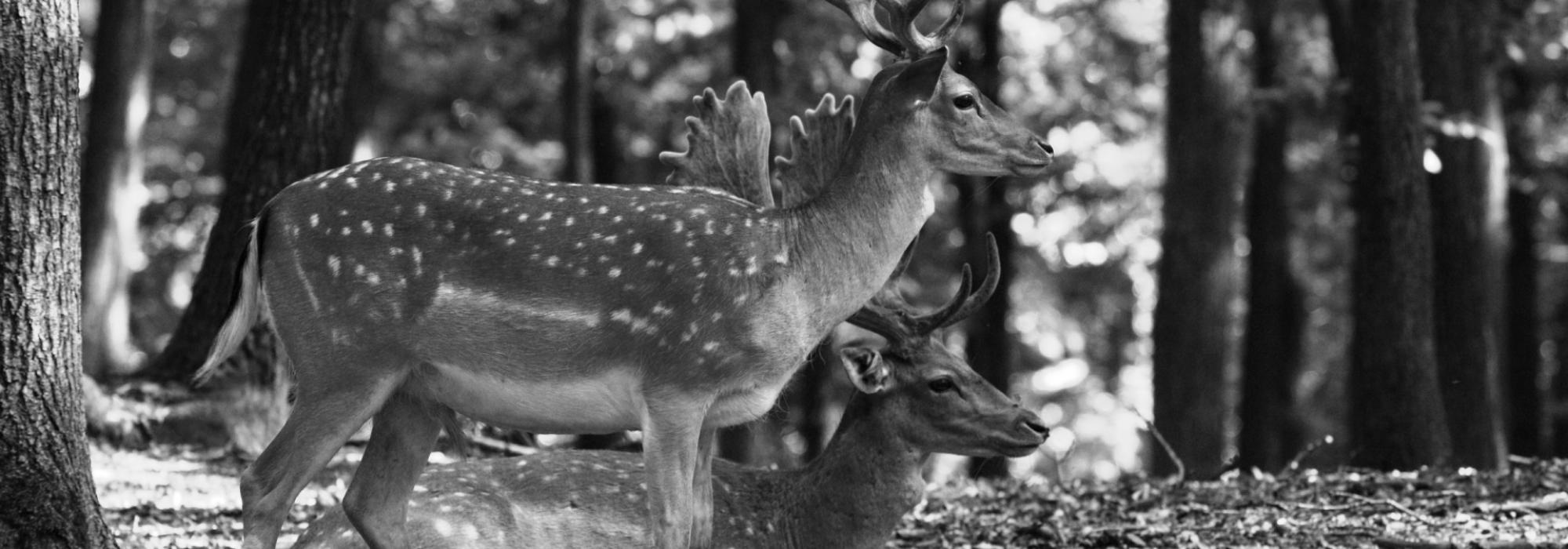3
The popular belief held from the period of the Vedas is that in the world of creation, behind the various forms there is a formless principle or law that governs them. Our rishis recognized that in the solar activity (of sunrise and sunset), lunar activity, and the seasonal changes, there are well-defined principles or laws. Similarly, they recognized the governing principles behind living beings. They identified the origin of life and the cycle of the different species and classes. Likewise, they were cognizant of the order followed by the basic elements such as Earth, Water, Air, and Fire. They knew that Water cannot burn things, Air cannot soothe things, and Wind cannot stay at one place. Every element has its own nature and assigned duty.
In this manner, the order present and observed in the universe may have been called as rta during the time of the Vedas. Rta means the cognizable order present in the various living beings and their transactions. It is an unchangeable and unavoidable cause-action relationship. "As you sow, so you reap" is the saying that has originated from such identified relation.
The Vedas believe that an invisible आत्मा ('soul,' 'spirit,' 'inner Self') resides in every living being. The atma is the one that keeps reaffirming itself about 'I.' In this soul, it holds सत् (being Present), चित् (being Aware) and आनन्द (being Happy). As stated earlier, these are essentially present in God. Cit (being Aware) is the reason for all transactions in this world. Cit becomes the energy. The self-sprout of cit, Energy, is rta. It is an indigenous creation and a doer independent of atma.
From this feeling of rta, satya has originated. The one that in every time, every state continues to exist in same form is rta. ऋ means 'to move.' That means without the external motivation or external force, naturally occurring act. That is natural or common, it cannot be changed by others. That is the root of behaviour of all animals and their transactions. As the seed is to the plant, so is rta to the animals. All the behavioural attributes are intact in rta.
As rta is eternal it becomes satya (Truth). Truth means capability to stay, unaffected by the change in time or place. Sat means 'to exist.' The one which is capable of existing. As being is sat, speaking about it is satya. So truth becomes the verbal form of rta; truth in action is dharma.
Dharma means to wear or imbibe the object as is, which means the attributes of the object are acquired by being that. That becomes the principle of its existence. Generating saliva on the tongue is the property of salt and that becomes its dharma. To burn down anything that comes into its contact is the property of fire and therefore that is its dharma. Grazing the grass is the cow's dharma, eating meat is the dharma of the tiger. Thus, mischievous mannerisms become dharma of monkey and being majestic is the dharma of the lion. In humans also every dynasty and every individual have their own unique dharma.
In humans, determining this basic principle or dharma is not so easy as in case of other animals. This is because the human mind is much powerful than that of animals and is more independent. It assumes various forms on its own and therefore it is easy to have conflicts in the dharma. Escaping from such conflicts becomes the responsibility of the humans. Such a refinement of the atma and dharma is the intention of the message of the Gita.
Thus, 'rta,' 'satya,' and 'dharma' are interrelated in meaning. The word dharma is so widespread and popular in Hinduism that it is unlikely that any other religion would have a word so commonly used. Dharma is one word that has summarized the principles of life of Hinduism. The foundation of such dharma is rta.
To be continued...
This is an English translation of a Kannada monograph by D. V. Gundappa titled ‘ಋತ, ಸತ್ಯ, ಧರ್ಮ.’ Edited by Hari Ravikumar.
















































